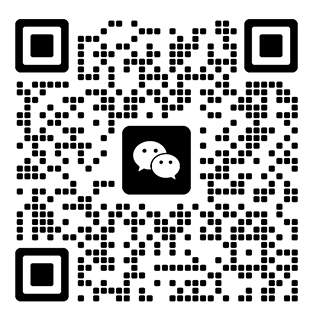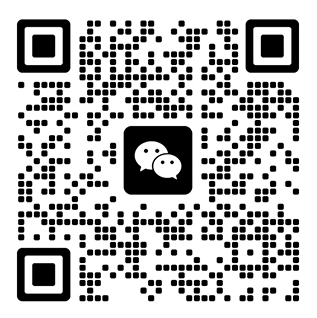How do I connect two DC power supplies in series?
Connecting two DC power supplies in series requires connecting the positive terminal of the first power supply to the negative terminal of the second power supply, forming a "daisy-chain" connection where the series voltage is the sum of the voltages of the two supplies.
The procedure for connecting two DC power sources in series is as follows:
- Turn off both power sources and unplug them from the wall to ensure safe operation.
- Find the positive and negative terminals of each power supply. The positive terminal is usually labeled with a + sign or the letters VCC and the negative terminal is usually labeled with a - sign or GND.
- Connect the positive terminal of the first power supply to the negative terminal of the second power supply with a wire.
- Connect the load (the device to be powered up) between the positive terminal of the second power supply and the negative terminal of the first power supply.
- Re-plug in both power sources and turn on the power.
Please note that the voltage of the load should be equal to or higher than the sum of the voltages of the two power sources to prevent damage to the load or power source. In addition, the current rating of the load should be equal to or lower than the lowest current rating of both power sources.
Use only power supplies with the same rated output current from the same product line. If the power supplies selected do not have the same rated current, then the maximum load current must not exceed the minimum rated output current.
In addition, the polarity of the power supply must be checked before connecting it, because the power supply polarity, if reversed, can cause damage to the power supply or the connected devices.
 Comprehensive test and measurement service provider-Shenzhen Weike Electronic Technology Co.
Comprehensive test and measurement service provider-Shenzhen Weike Electronic Technology Co.


Hello!sign in